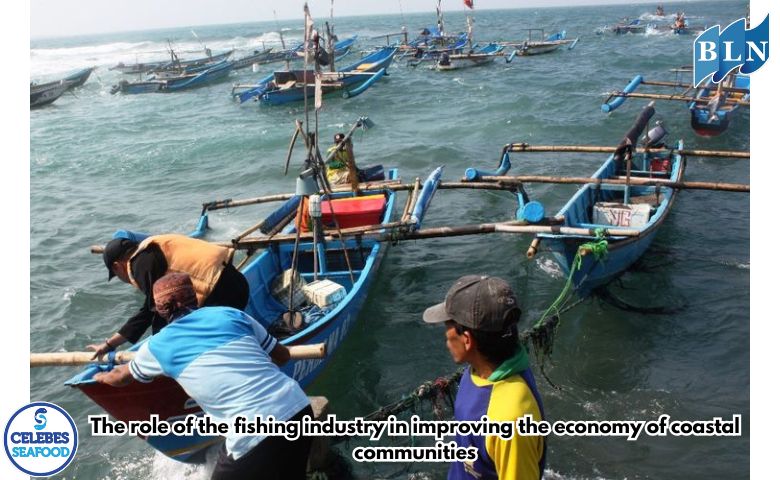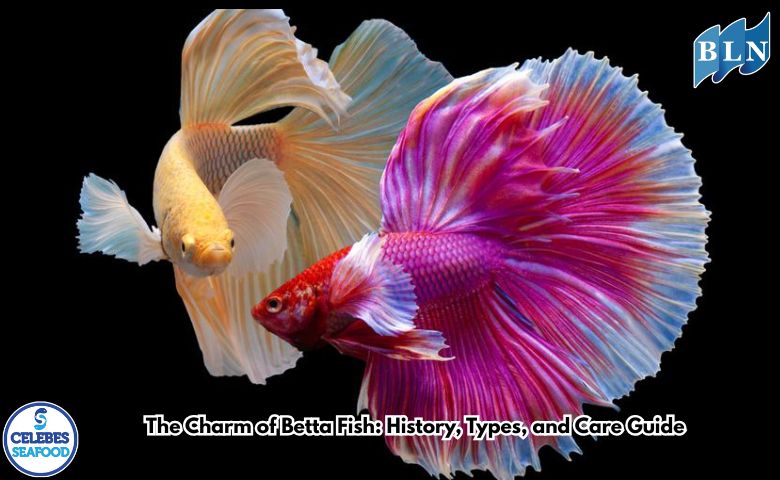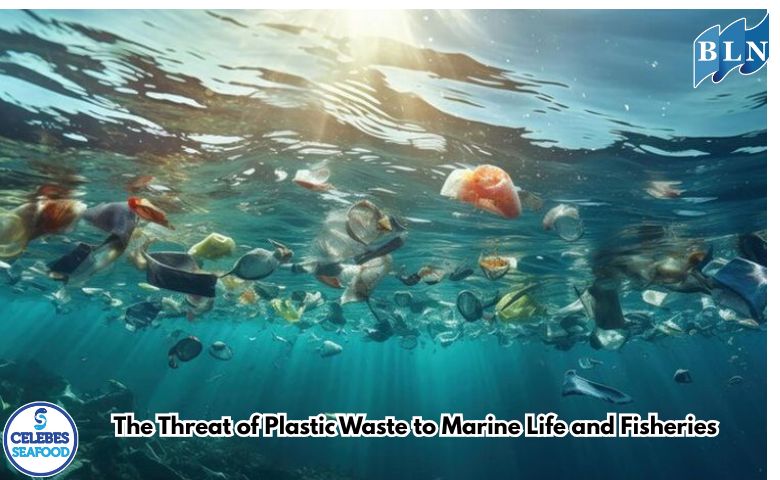Microplastics in Our Food: A Hidden Threat from the Ocean
By. Edi - 07 Aug 2025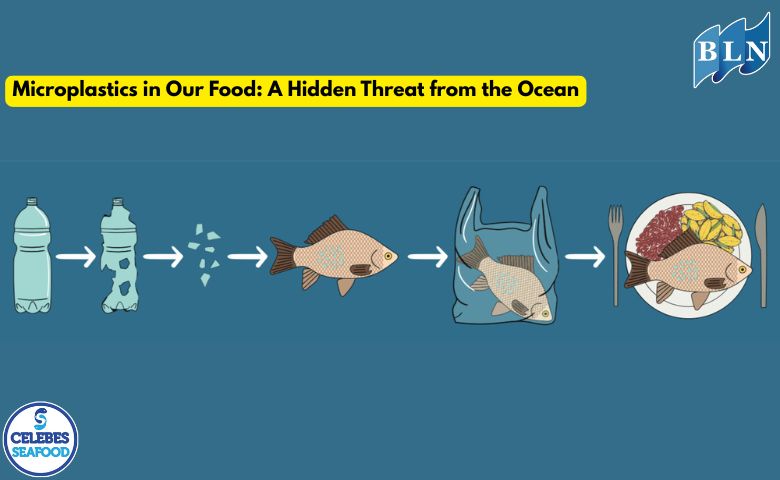
lautnusantara.com Plastic waste dumped into the ocean not only pollutes the environment but also returns to us in an invisible form: microplastics. These tiny plastic particles, measuring less than 5 millimeters, have become a serious threat to human health, and one of the main pathways is through the food we consume daily.
A. How Do Microplastics Enter the Food Chain?
The process by which microplastics enter our food begins in the ocean. Plastic waste floating in the ocean breaks down into small pieces due to exposure to sunlight, waves, and other natural factors. These tiny particles, often mistaken for food by marine life, then enter the food chain.
- Seafood: Fish, shellfish, and other marine animals ingest microplastics as they forage for food. These particles can accumulate in their digestive systems or even in their body tissues. When humans consume this seafood, the microplastics also enter their bodies.
- Drinking Water: Microplastics are also found in drinking water, both from tap and bottled water. These particles can originate from environmental pollution and also from the plastic packaging itself.
- Food Processing: Using plastic cutting boards, food containers, or even plastic kitchen utensils can cause microplastic particles to be transferred to food. Research shows that heating food in plastic containers in the microwave can release large amounts of plastic particles into the food.
B. Impact on Human Health
Once in the body, microplastics pose a significant threat. These particles not only have the potential to irritate the digestive system but can also carry harmful chemicals they absorb from the environment.
- Toxic Chemicals: Many plastics contain additional chemicals such as BPA (bisphenol A) and phthalates, which are known endocrine disruptors. These chemicals can affect hormones in the body, potentially causing reproductive and metabolic problems.
- Inflammation and Cell Damage: Microplastics can trigger an immune response that causes inflammation in the body. Long-term exposure is also suspected of damaging cells, potentially even causing genetic mutations that increase the risk of cancer.
- Accumulation in Vital Organs: Tiny microplastic particles can even penetrate body tissue and accumulate in vital organs like the liver, kidneys, and lungs.
Microplastics are a hidden threat that is difficult to completely avoid. To reduce the risk, steps such as minimizing the use of single-use plastics, using safer food containers (glass or stainless steel), and cleaning your home regularly can be important first steps.
C. Solutions and Actions
Addressing the problem of marine plastic waste requires a collective effort from everyone. Some solutions we can take are:
- Reducing the use of single-use plastics: Using reusable water bottles, shopping bags, and food containers.
- Supporting better policies: Encouraging governments and companies to reduce plastic production and improve waste management.
- Participating in clean-ups: Joining beach or river clean-ups to reduce waste.
- Increasing recycling: Ensuring we properly sort and recycle waste so it doesn't end up in the ocean.
If you are interested in our Coral Trout Fillet Skin On, CORAL TROUT WGG WHOLE GILLED GUTTED, TOMATO COD WHOLE GILLED GUTTED please do not hesitate to contact us through email and/or whatsapp.
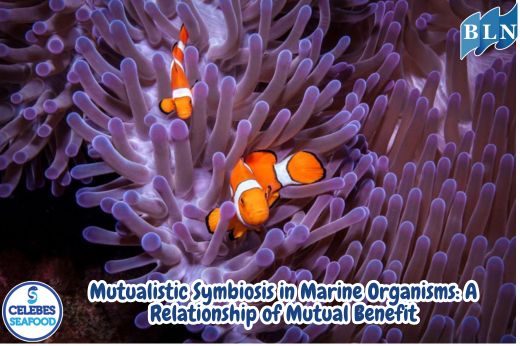
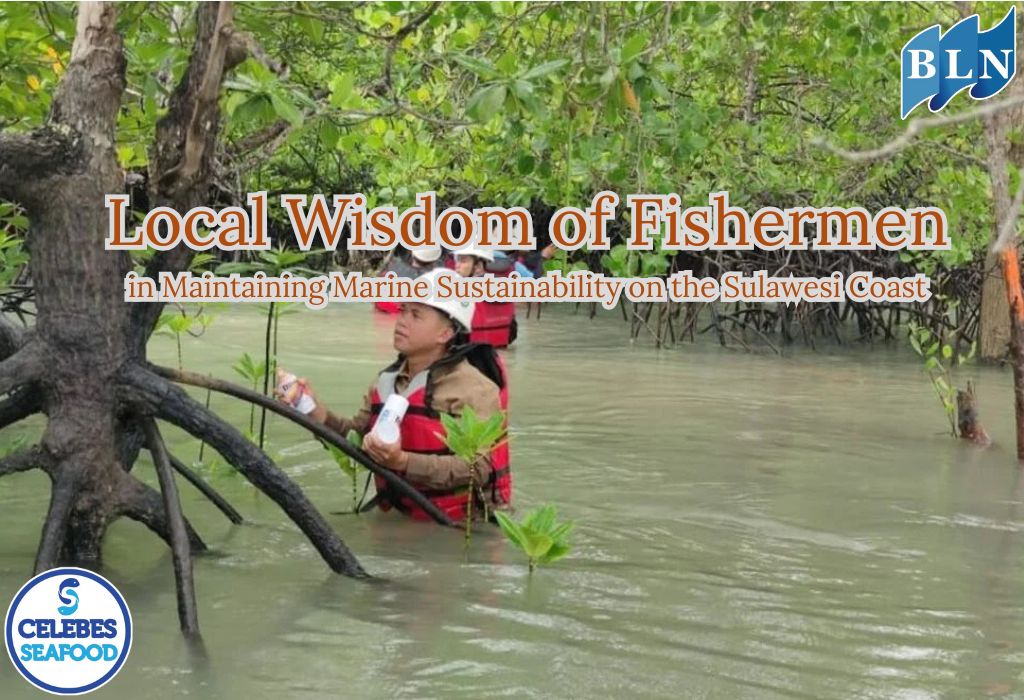
.jpg)


